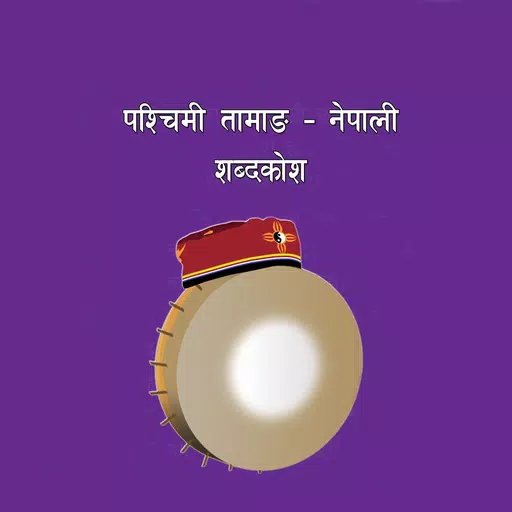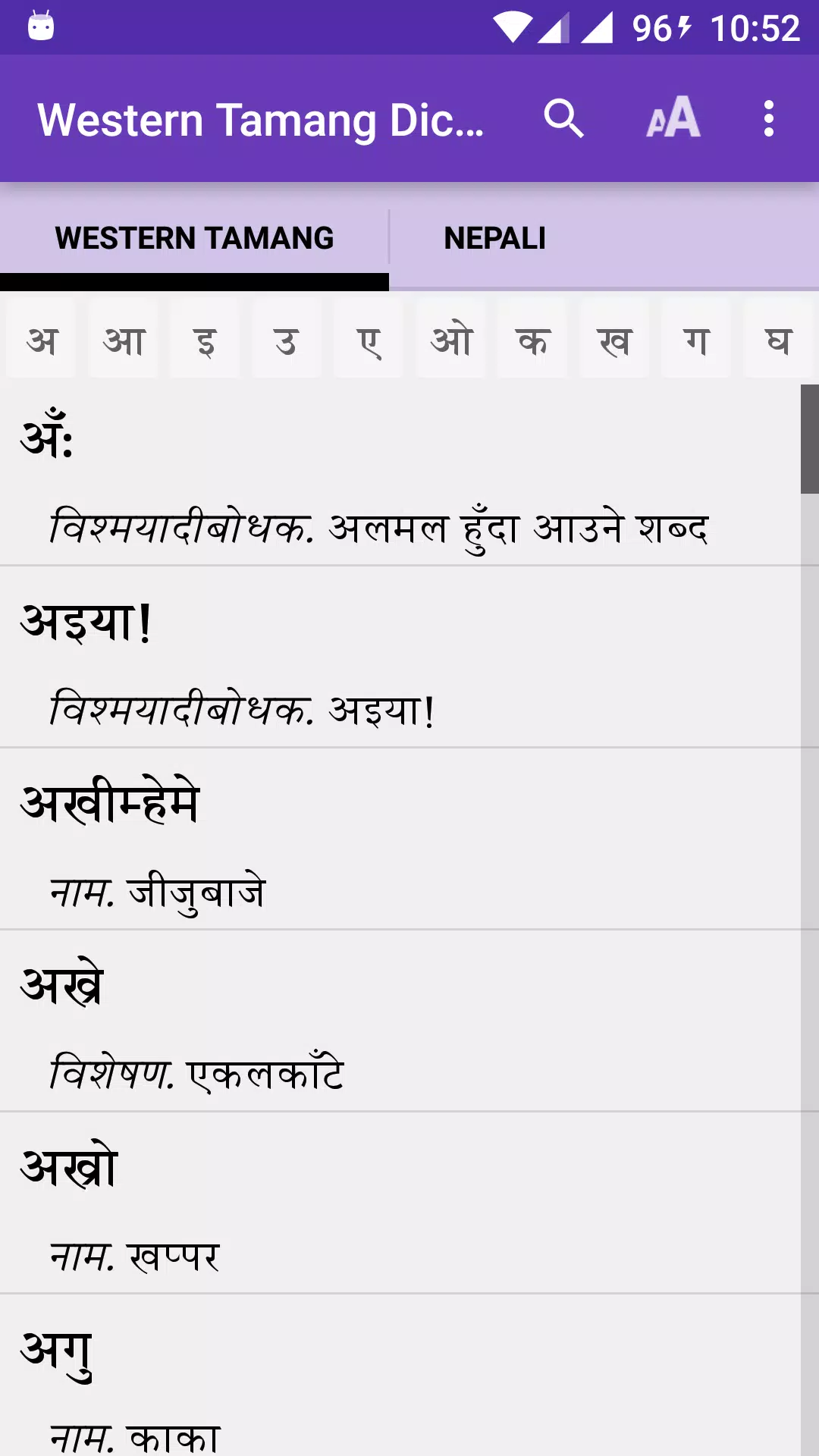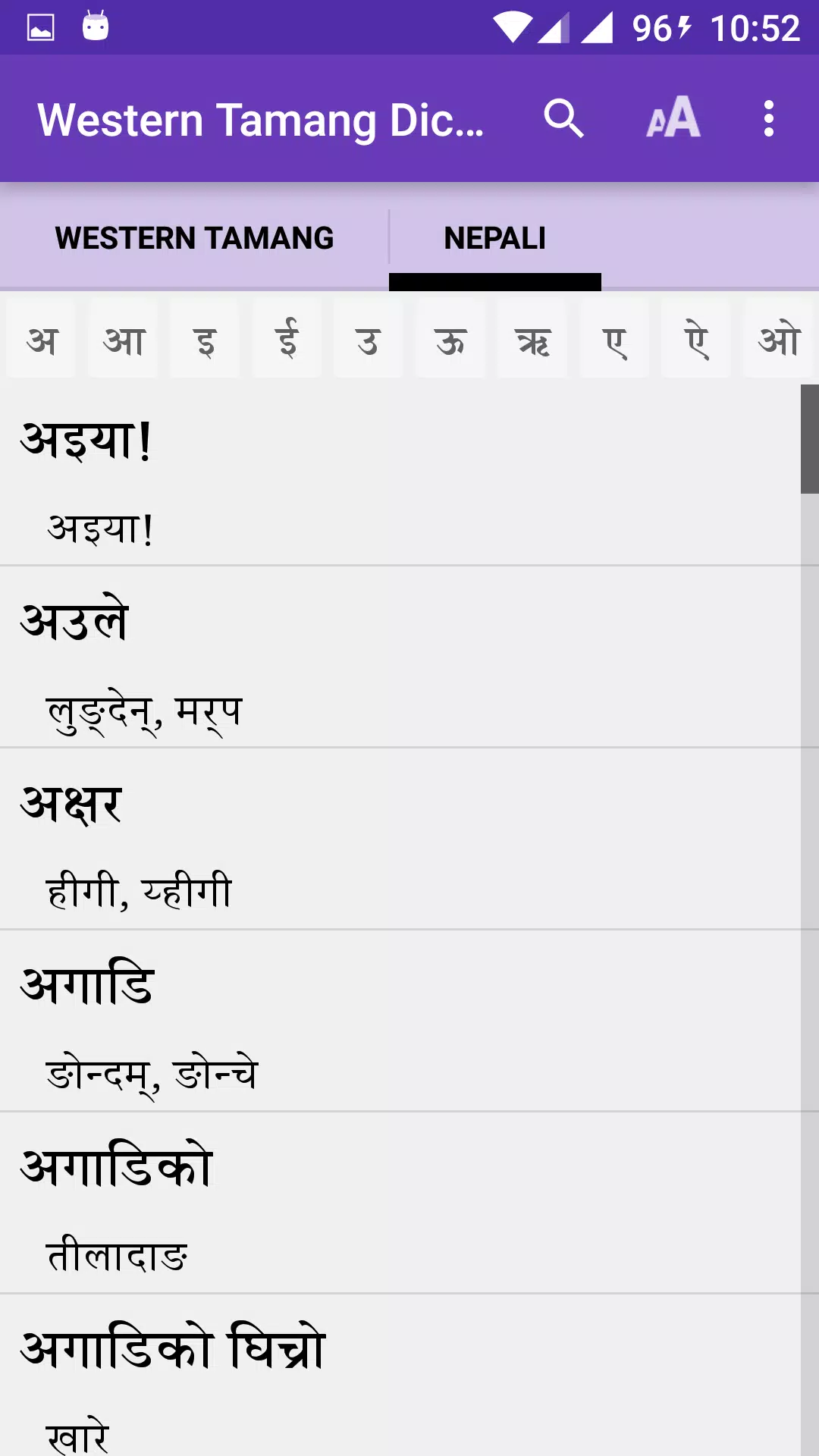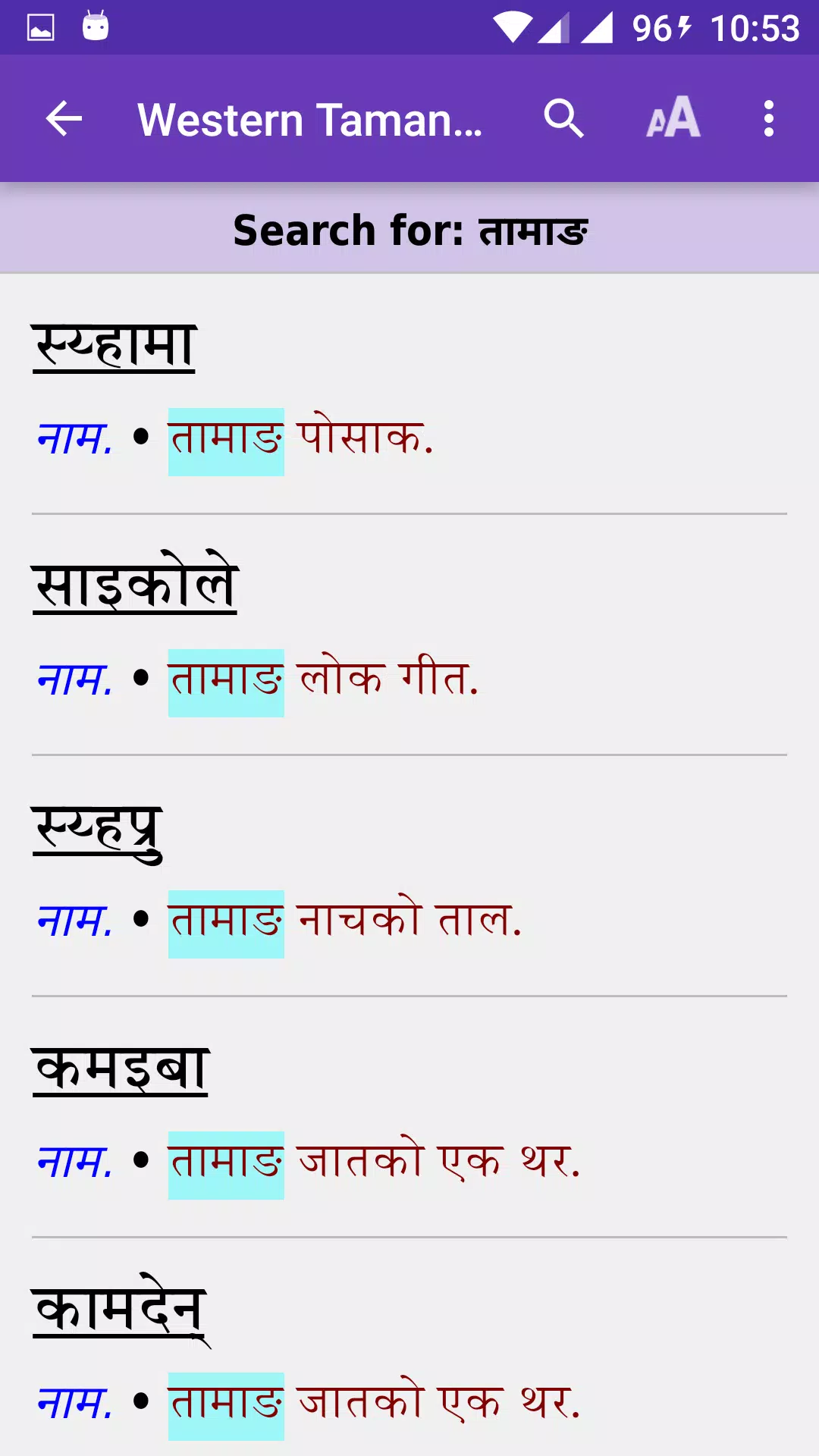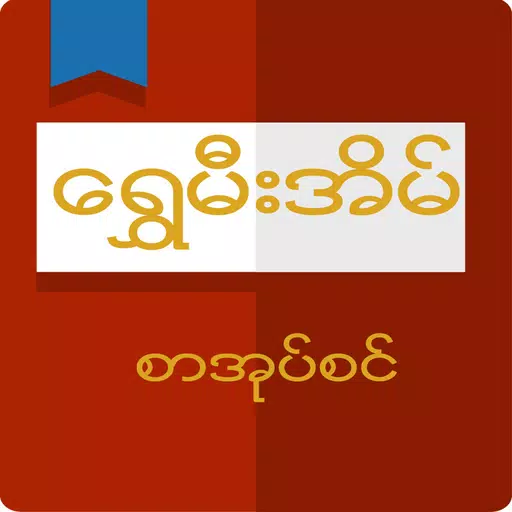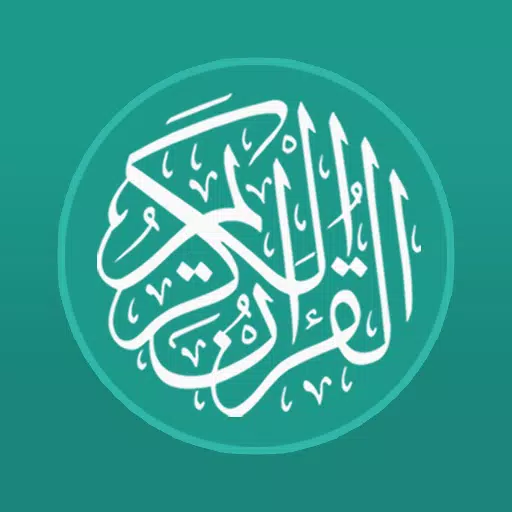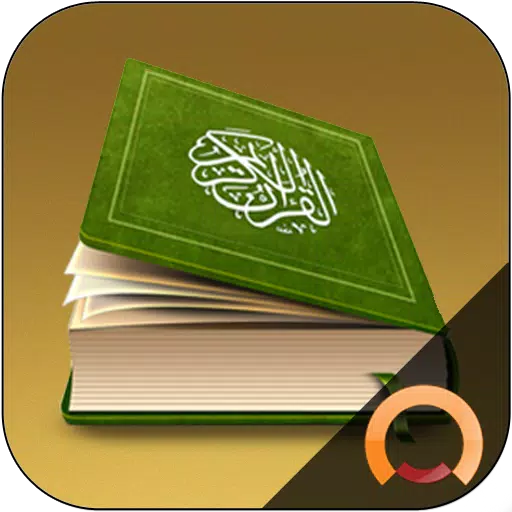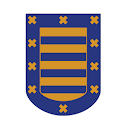Western Tamang - Nepali Dictionary
Tamang is a vibrant language spoken by the Tamang community, which ranks as the fifth most spoken language in Nepal, with 5.1% of the population according to the 2011 Census. It falls within the Tibeto-Burman branch of the Sino-Tibetan language family. The majority of Tamang speakers reside around the Kathmandu Valley, although the ethnic group is spread across various districts in Nepal. Recognized for its unique cultural traits, the Nepal government officially categorized Tamang as an indigenous ethnic community in 2058 VS. Subsequent interim and current constitutions of 2063 VS and 2072 VS, respectively, have further emphasized Tamang's status as a national language.
The 'Do:ra song' narrates the migration of Western Tamang people from Tibet into Nepal through 'Same' in the Himalayas. This migration led to the establishment of Tamang communities in places such as 'Rhirhap', 'Gyagarden', below 'Bompo' and 'Lambu', and just above 'Same'. In Tamang tradition, influenced by the beliefs of Lama, Bompo, and Lambu that the Earth's tail points north and its head south, the dead are carried upwards with their heads facing south before cremation. The term 'Same' is derived from 'Sa' (Earth) and 'me' (Tail), symbolizing 'the tail of the Earth'. This cultural narrative reflects a journey from the Earth's tail to its head, symbolizing significant life transitions.
Despite lacking a standardized grammar, Tamang is divided into two main dialects: Eastern and Western. Eastern Tamang, originating from the Langtang Himal region east of the Trisuli River, is known as 'Syarba'. Conversely, Western Tamang, spoken in districts such as Rasuwa, Nuwakot, Dhading, Gorkha, Lamjung, Chitawan, and Kanchanpur, is referred to as 'Nhurba' or 'Nhuppa'.
This bilingual dictionary is a collaborative effort by members of the Western Tamang community from the aforementioned districts. It translates Western Tamang words into Nepali, serving as a valuable resource for comparative linguistic studies. However, the number of Western Tamang speakers is declining, largely due to the pervasive influence of Nepali, the country's lingua franca. This shift poses a significant threat to the survival of Western Tamang as a mother tongue, making this dictionary crucial for its preservation, promotion, and development.
We continually strive to enhance this dictionary, and we welcome insightful feedback from the speech community, stakeholders, readers, organizations, and other concerned authorities to further its improvement and maturity.
What's New in the Latest Version 1.7
Last updated on Sep 29, 2024
- Updated on July 30, 2024
- New Android SDK integrated for improved performance and compatibility

